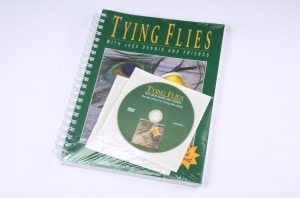 An important consideration when planning a mechanically bound book (wire-o, plastic coil, spiral wire) is that it is not bound directly on the spine edge of the book. Rather, the binding medium is inserted through punched holes that are 1/8” in from the spine edge of the book. As a result, there are a number of considerations that must be included in the planning process.
An important consideration when planning a mechanically bound book (wire-o, plastic coil, spiral wire) is that it is not bound directly on the spine edge of the book. Rather, the binding medium is inserted through punched holes that are 1/8” in from the spine edge of the book. As a result, there are a number of considerations that must be included in the planning process.
A “clear margin” allowance must be incorporated between the trimmed spine edge of the sheets and the beginning of the text or graphics on the printed page. This margin varies depending upon whether the project is planned to collate from single sheets or from the use of an adhesive bound book. Higher page count projects are often more cost effective to produce by starting with an adhesive bound book.
When collating single sheets, or loose leaf option, the printer must ensure that at least 1/2” of clear margin is planned for the text and cover pages between the spine edge and the start of printed text or graphics. When the bindery punches the text, there must be a minimum of 1/8” of paper left between the trimmed spine edge of the sheets and the start of the punched hole. This 1/8” of paper provides the strength for the spine edge of the sheet and helps prevent an easy or inadvertent tear out of the punched sheet from the finished book. An additional ¼” of clear space will be used for the actual punch hole. This will leave 1/8” of clear space prior to the start of the text or graphics on the printed page.
If the printer has planned the mechanically bound project to be produced from an adhesive bound book, a clear margin space of 5/8” should be incorporated into the spine edge of the text. Whether it will be the printer or the trade bindery that initially adhesive binds the book, the first 1/8” of the spine must be trimmed off the book in order to create the loose leaf book block for punching. The remainder of the clear margin allowance is the same as explained for the loose leaf option. Failure to incorporate the appropriate clear space margin may result in punch holes penetrating important text or graphics, creating either a cosmetic or informational problem for the end user.
Another key attribute to be considered by the printer is the mechanical binding option that is chosen. Wire-O, Plastic Coil and Spiral Wire will all provide a book that lies open perfectly flat. However, if cross alignment of text and graphics is a specific requirement, Wire-O is the only choice that will provide a direct cross over. Both Plastic Coil and Spiral Wire will “step up” or offset the cross alignment between the open pages.
Tabs, inserts, semi- concealed covers and concealed covers all require special planning requirements. It is best to involve your binding partner in the planning process in order to avoid unpleasant surprises later in the production process.
Involving the Sales and Planning Professionals at Allied Bindery will help you to plan for the most cost effective and schedule efficient project completion. Give us a call and let us help you achieve your customer’s expectations.